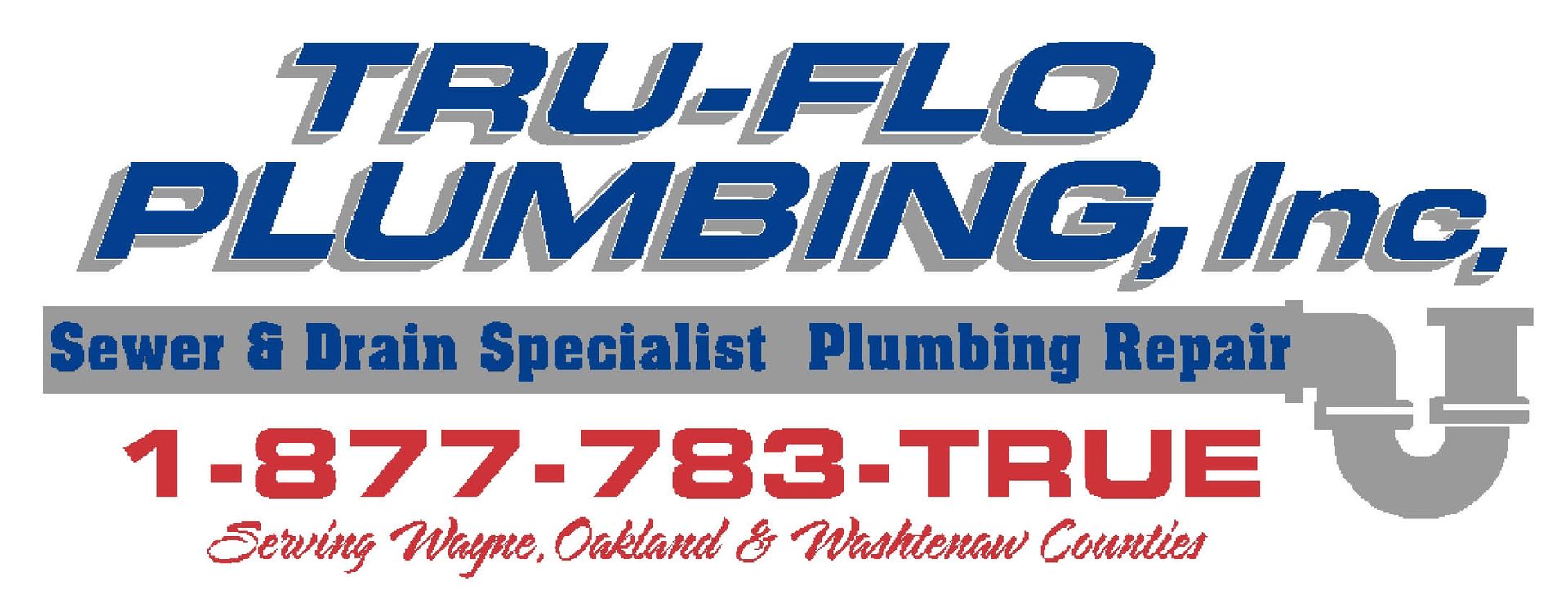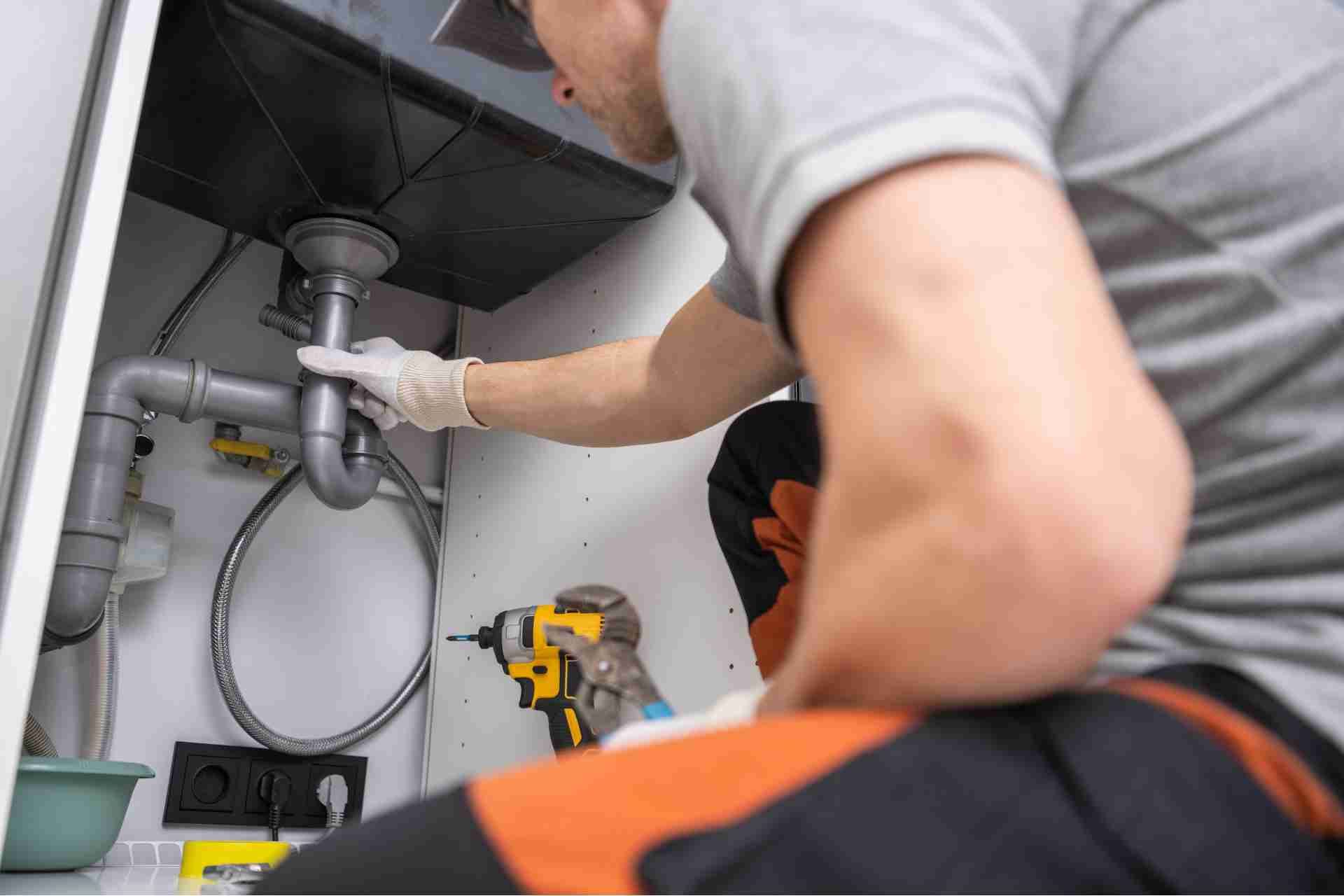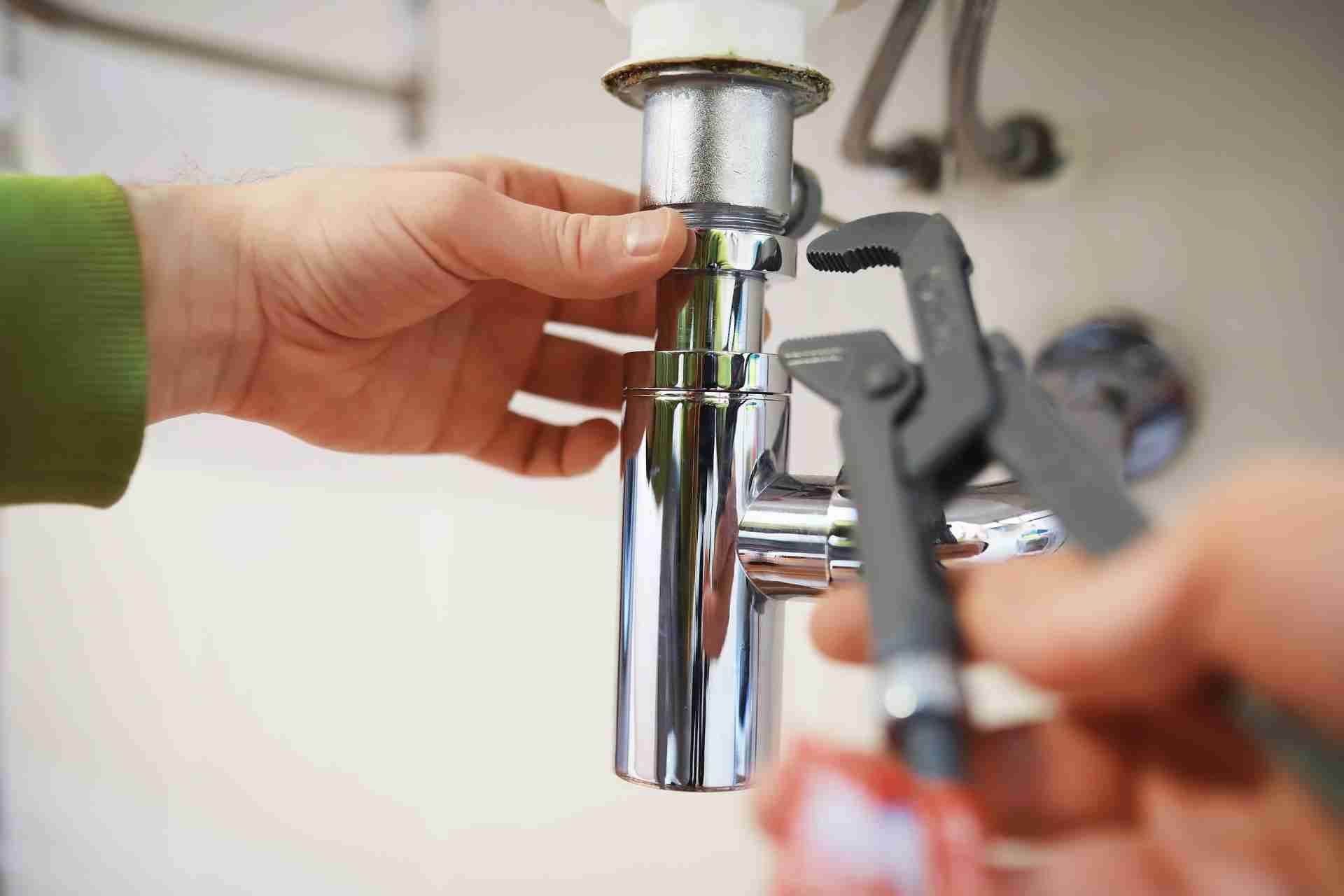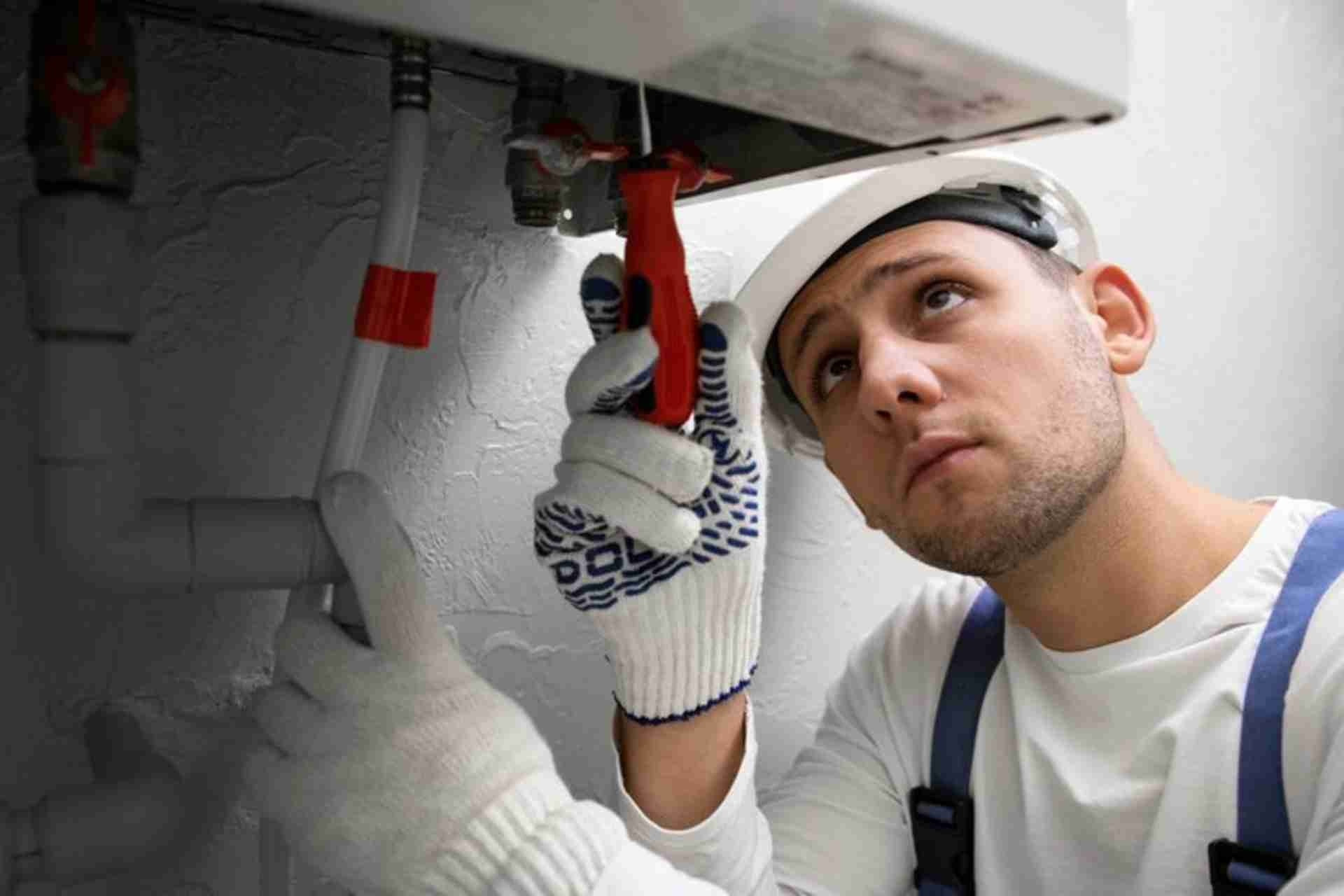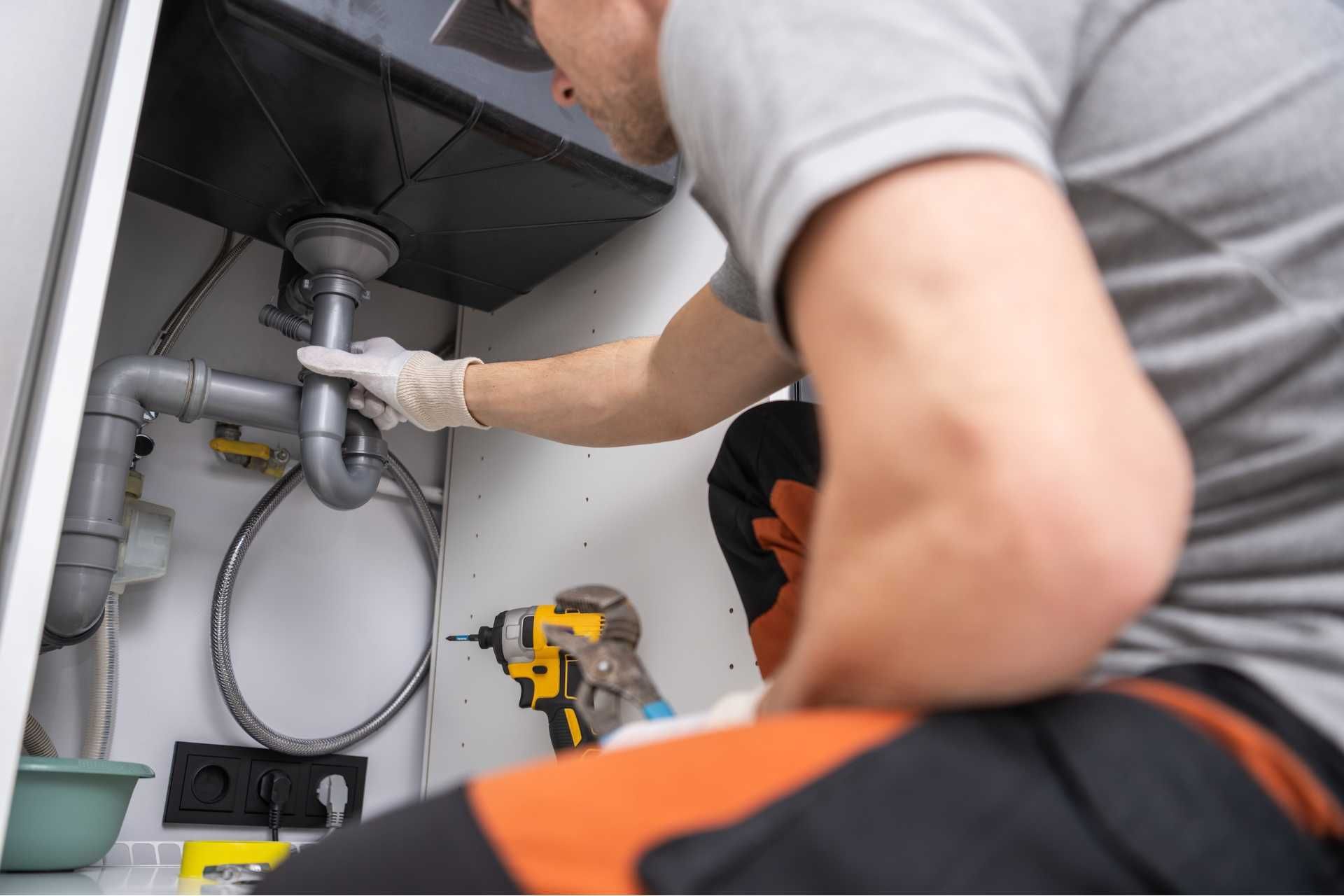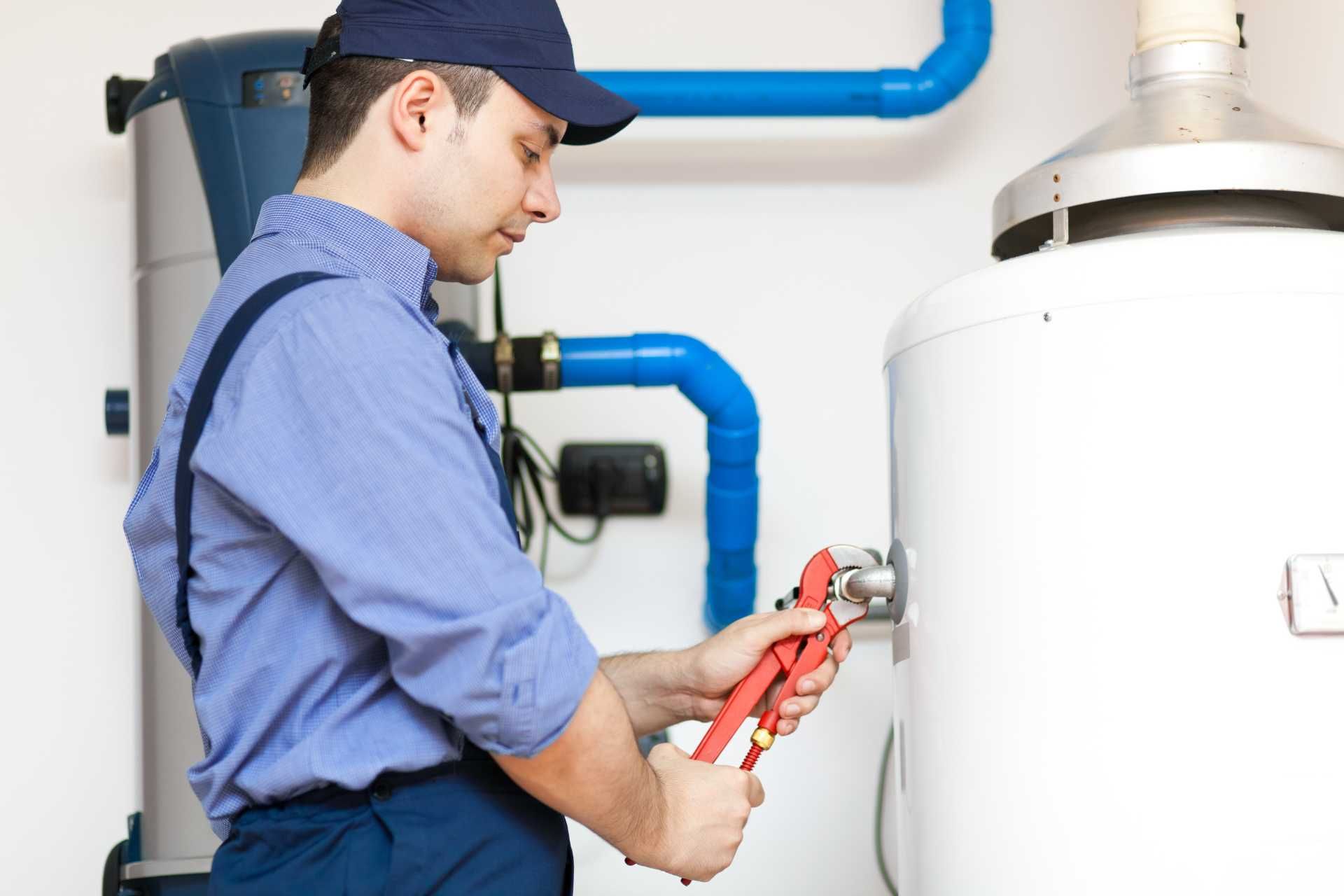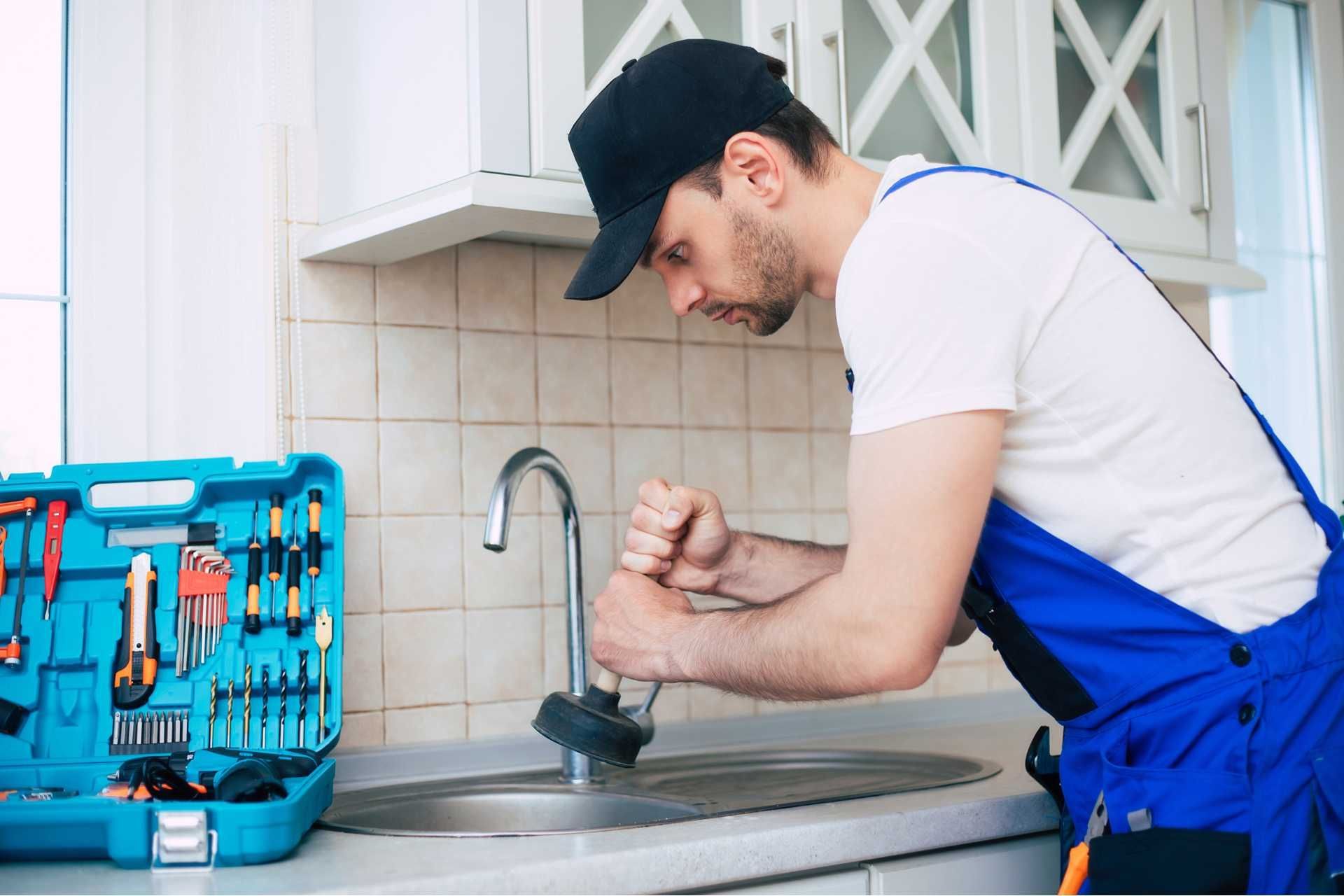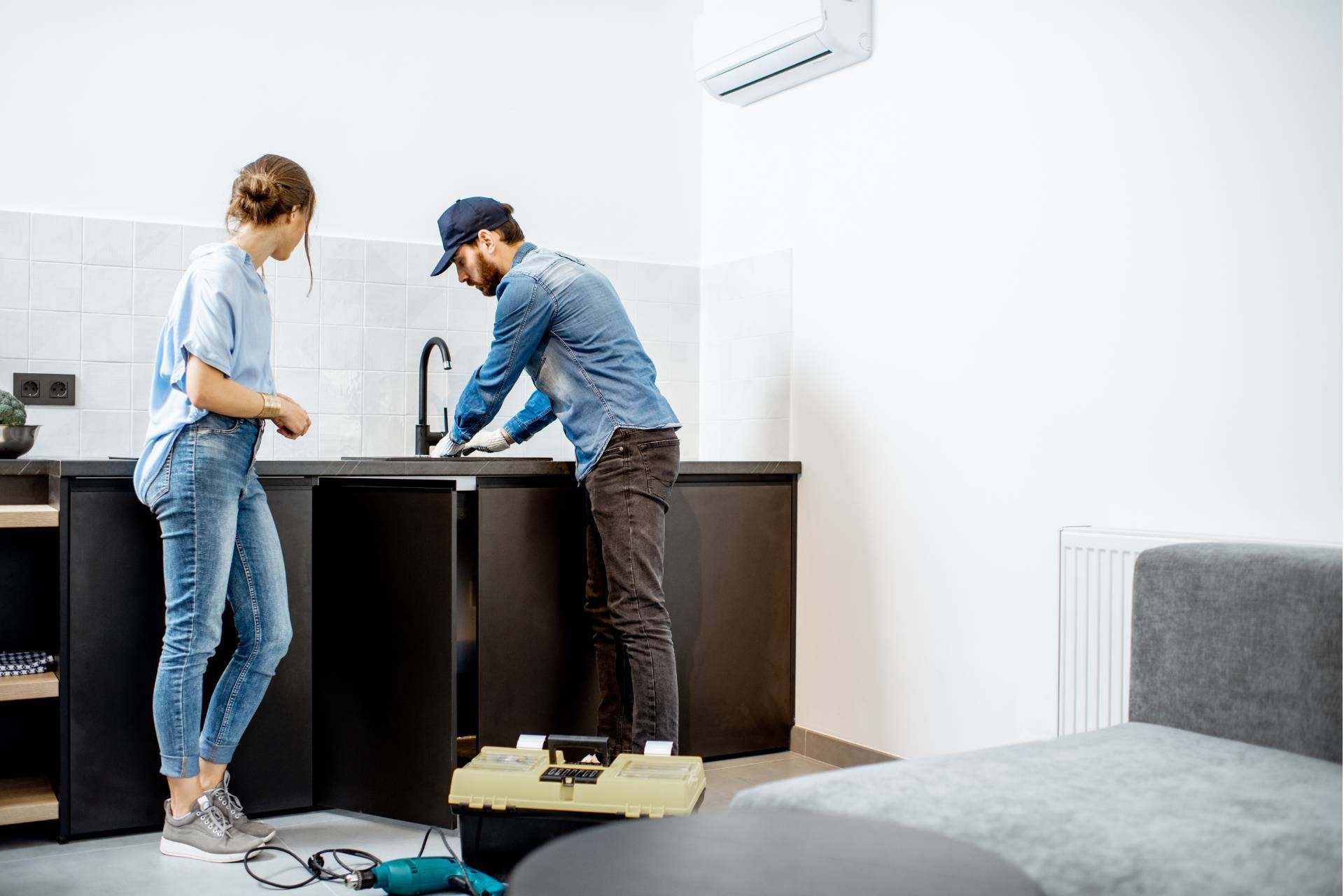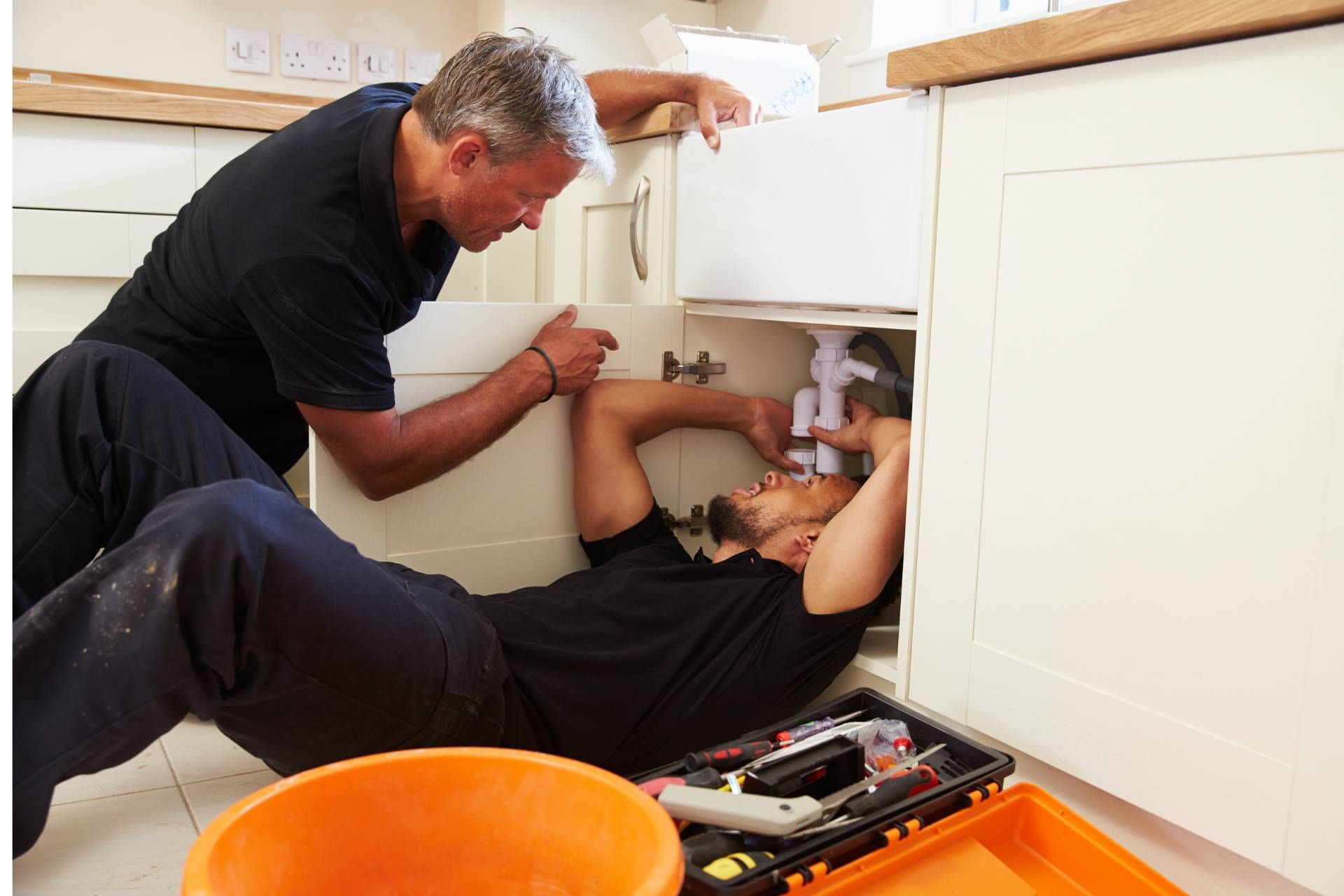Why is Toilet Leaking?
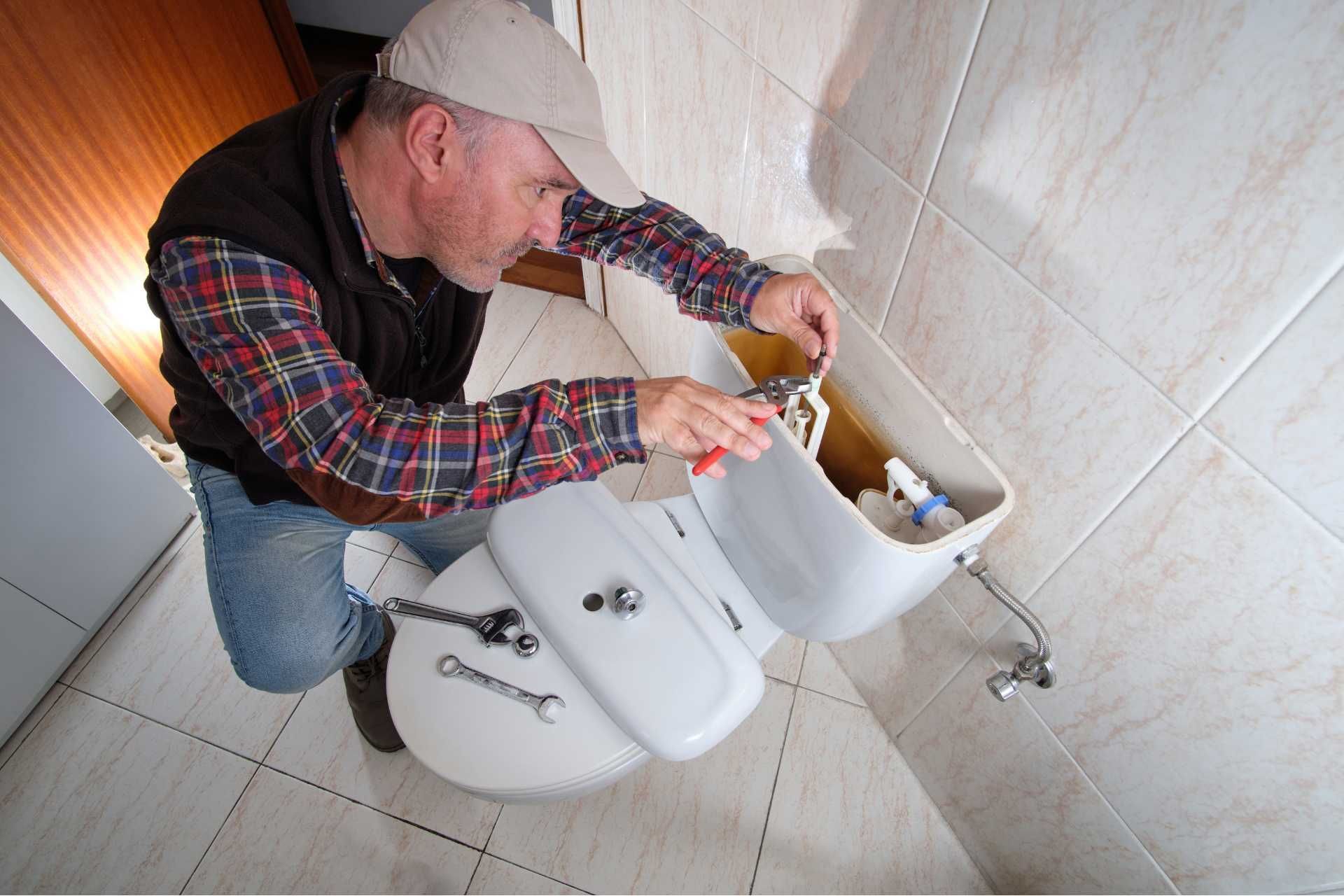
A toilet is a fixture used for the disposal of bodily waste, typically found in bathrooms. It consists of a bowl connected to a drainage system and is typically flushed with water to remove waste. Toilets are a basic necessity for maintaining proper hygiene and sanitation.
A leaking toilet can be a frustrating and potentially costly issue to deal with. Not only can it waste water and drive up your water bills, but it can also cause damage to your bathroom floor and the surrounding areas. In this blog post, we will discuss some common reasons why is toilet leaking and how to fix them, so you can address the problem before it becomes a larger issue.
What Causes Toilet Leaking?
Faulty wax ring
A faulty wax ring is a common issue in plumbing that can cause leaks and water damage. The wax ring is a seal between the toilet and the floor, and if it is cracked, misaligned, or worn out, water can seep out and cause damage to the surrounding area. It is important to address a faulty wax ring promptly to prevent further damage and maintain the integrity of your plumbing system. It is recommended to hire a professional plumber to replace the faulty wax ring to ensure it is done correctly.
Loose or broken water supply line
A loose water supply line can lead to leaks, water damage, and even flooding if not addressed promptly. It is important to regularly inspect the water supply lines in your home to ensure they are securely connected and in good condition.
On the other hand, a broken water supply line is a more serious issue that requires immediate attention. A broken water supply line can result in a significant amount of water damage and can lead to costly repairs if not addressed promptly. Signs of a broken water supply line include water stains on walls or ceilings, puddles of water on the floor, or a noticeable decrease in water pressure.
Cracked tank or bowl
A cracked tank or bowl can be caused by a number of factors, such as wear and tear over time, water pressure, or even a manufacturing defect. Regardless of the cause, it's important to address the issue as soon as possible to prevent any further damage.
Leaking seals
Leaking seals in a toilet can be a common problem that may lead to water damage and higher utility bills if not addressed promptly. There are several seal points in a toilet that can leak, including the wax ring at the base of the toilet, the tank-to-bowl gasket, and the supply line connections.
Condensation
Condensation in a toilet is a common issue that occurs when warm, moist air comes into contact with the cool surfaces of the toilet bowl or tank. This causes water droplets to form on the toilet surfaces, leading to condensation.
Clogged drain
A clogged drain is a common household plumbing issue that occurs when debris, hair, soap scum, or other materials build up and block the flow of water through the drain pipe. This can happen in sinks, showers, bathtubs, and toilets, causing water to back up and potentially create a mess.
Faulty flapper or flush valve
A faulty flapper or flush valve in a toilet can cause various issues such as water continuously running, not flushing properly, or a weak flush. The flapper is a rubber or plastic seal that covers the drain hole at the bottom of the tank, while the flush valve is responsible for releasing water from the tank to the bowl when the toilet is flushed. If either of these components are worn, cracked, or misaligned, it can lead to water leakage and inefficient flushing.
How to Fix Leaky Toilets
- Identify the cause of the leak: Before fixing a leaky toilet, you need to determine the cause of the leak. Common causes of toilet leaks include a faulty flapper, worn-out fill valve, loose tank bolts, or a cracked tank or bowl.
- Replace the flapper: The flapper is a rubber valve that controls the flow of water from the tank into the bowl. If the flapper is worn out or damaged, it may cause the toilet to leak. To replace the flapper, turn off the water supply to the toilet, drain the tank, and remove the old flapper. Install a new flapper according to the manufacturer's instructions.
- Adjust the fill valve: The fill valve controls the water level in the tank. If the fill valve is not properly adjusted, it may cause the toilet to leak. To adjust the fill valve, turn off the water supply to the toilet, flush the toilet to drain the tank, and adjust the fill valve to the correct water level.
- Tighten tank bolts: If the tank bolts are loose, they may cause the toilet to leak. To tighten tank bolts, remove the tank lid, locate the bolts on the bottom of the tank, and tighten them with a wrench. Be careful not to overtighten the bolts, as this may crack the tank.
- Replace the tank or bowl: If the tank or bowl is cracked, it may need to be replaced. To replace the tank or bowl, turn off the water supply to the toilet, drain the tank, and remove the tank or bowl. Install a new tank or bowl according to the manufacturer's instructions.
- Test for leaks: Once you have fixed the leak, turn on the water supply to the toilet and flush it to test for leaks. If the toilet is still leaking, repeat the above steps or contact a professional plumber for assistance.
Ways to Prevent Toilet from Leaking
- Regularly check for any signs of leaks, such as water pooling around the base of the toilet or on the floor around the toilet.
- Tighten any loose bolts or connections, such as the bolts that secure the toilet to the floor or the water supply line.
- Replace any worn or damaged seals, such as the wax ring or the gasket around the tank bolts.
- Use a leak detection tablet or dye test to check for any hidden leaks in the toilet tank or bowl.
- Ensure that the tank is not overfilled, as this can cause water to leak out of the overflow tube.
- Avoid using excessive force when flushing the toilet, as this can damage the internal components and cause leaks.
- Consider installing a toilet leak detection device, which can alert you to any leaks before they become a major issue.
- Regularly clean and maintain the toilet to prevent any buildup of debris or mineral deposits that could cause leaks.
Keep your Toilet Regularly Checked
Regularly checking your toilet for any signs of leaks or damage is essential in ensuring it continues to function properly.
Tru Flo Plumbing offers professional toilet inspection and maintenance services to keep your toilet in top condition. Our skilled plumbers can identify and fix any issues before they escalate, saving you time and money in the long run. Don't wait until it's too late -
schedule a toilet check-up with Tru Flo Plumbing today and enjoy peace of mind knowing your toilet is in good hands.
Address: 3215 Dix Hwy, Lincoln Park, MI 48146 | Phone: 1-877-783-TRUE (8783)
Copyright © 2023 Tru-Flo Plumbing, All Rights Reserved
